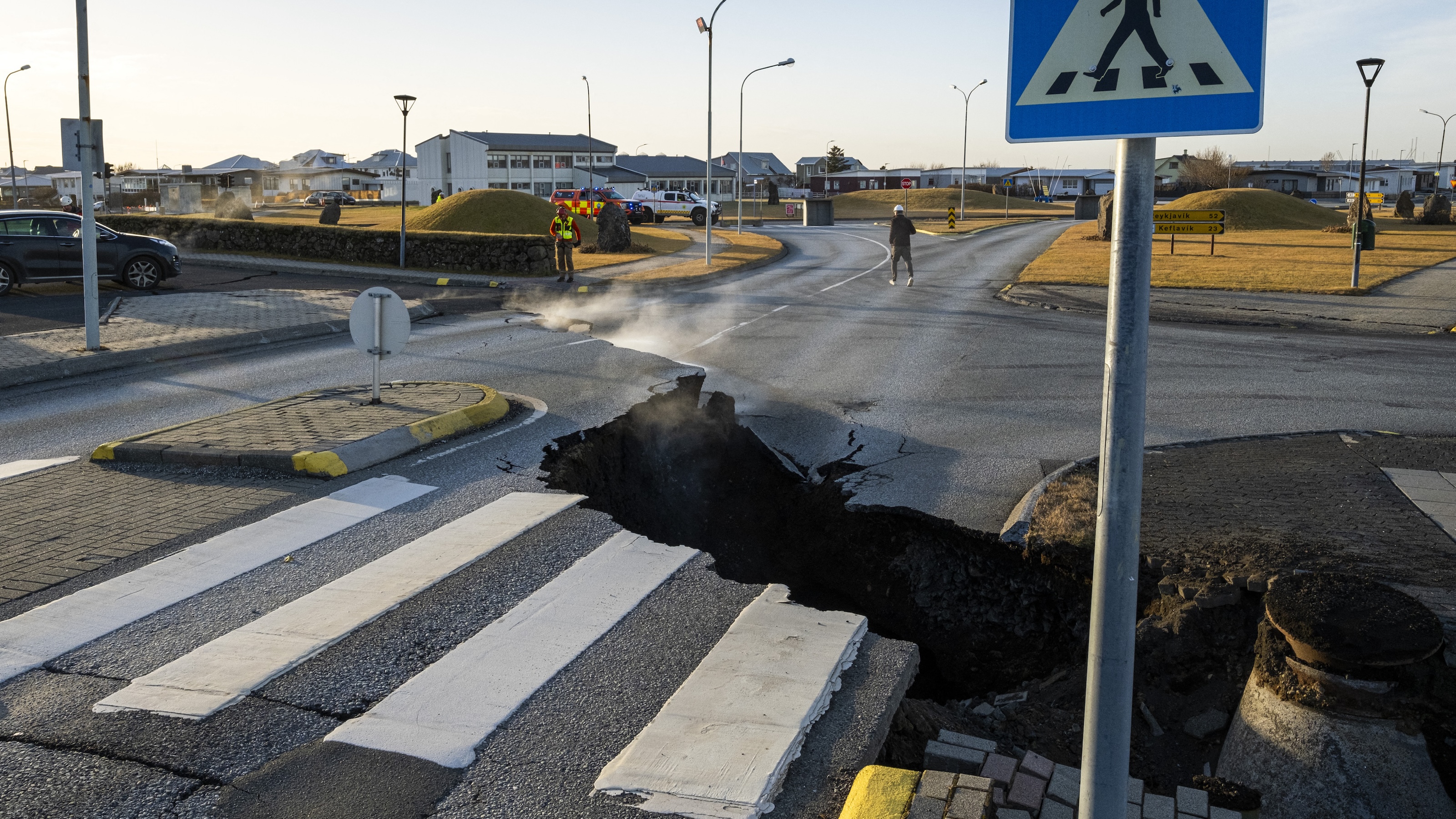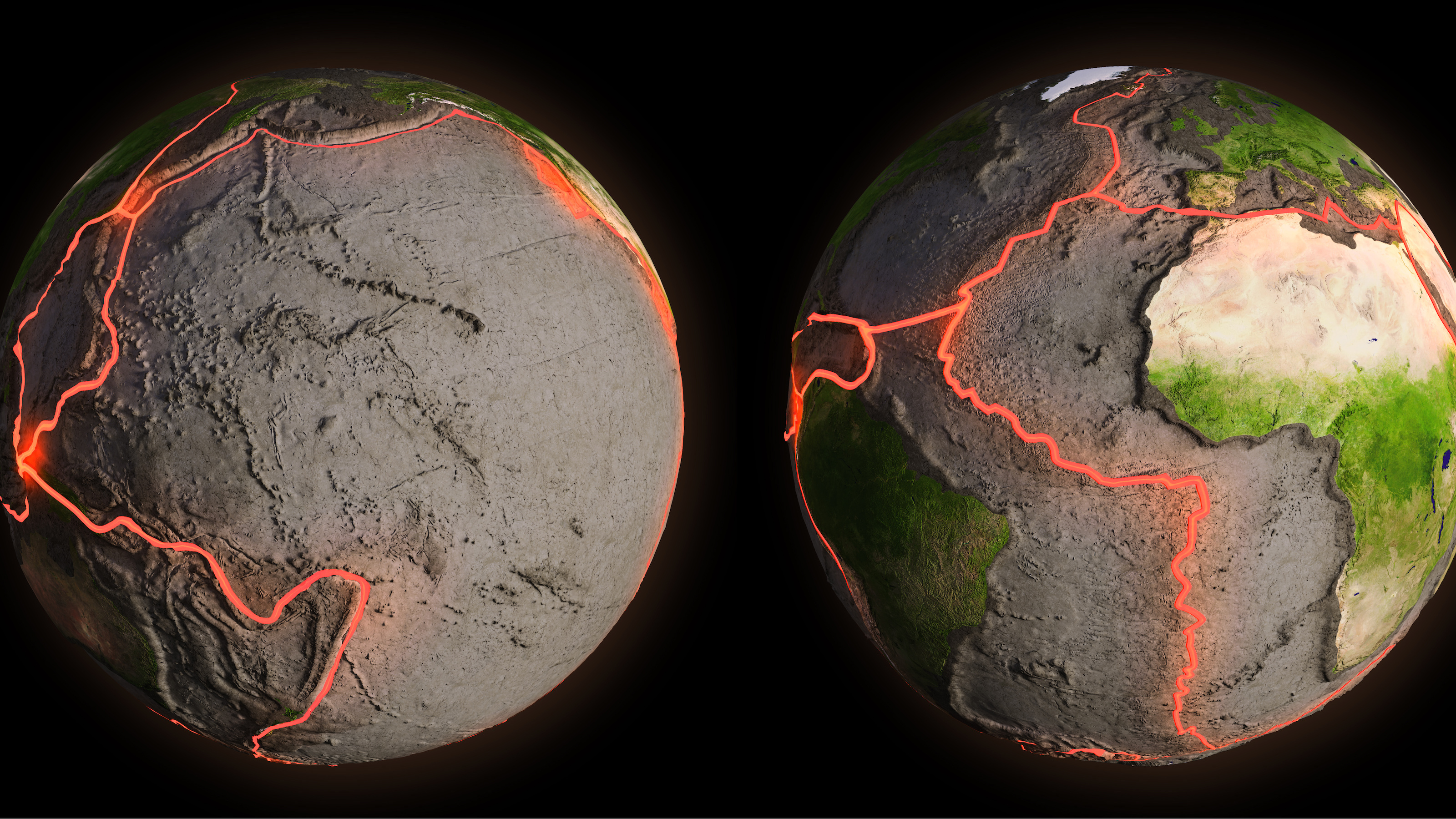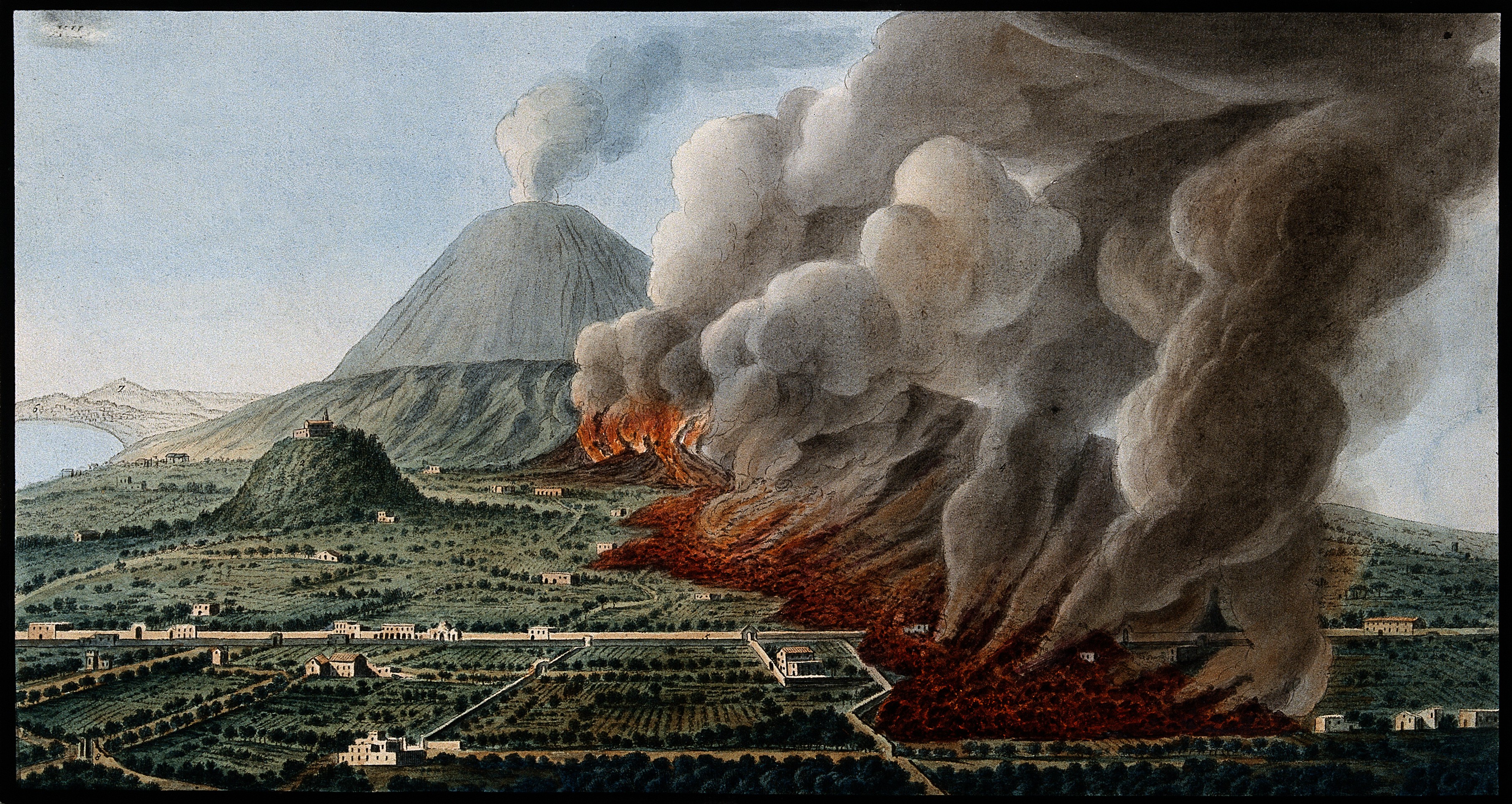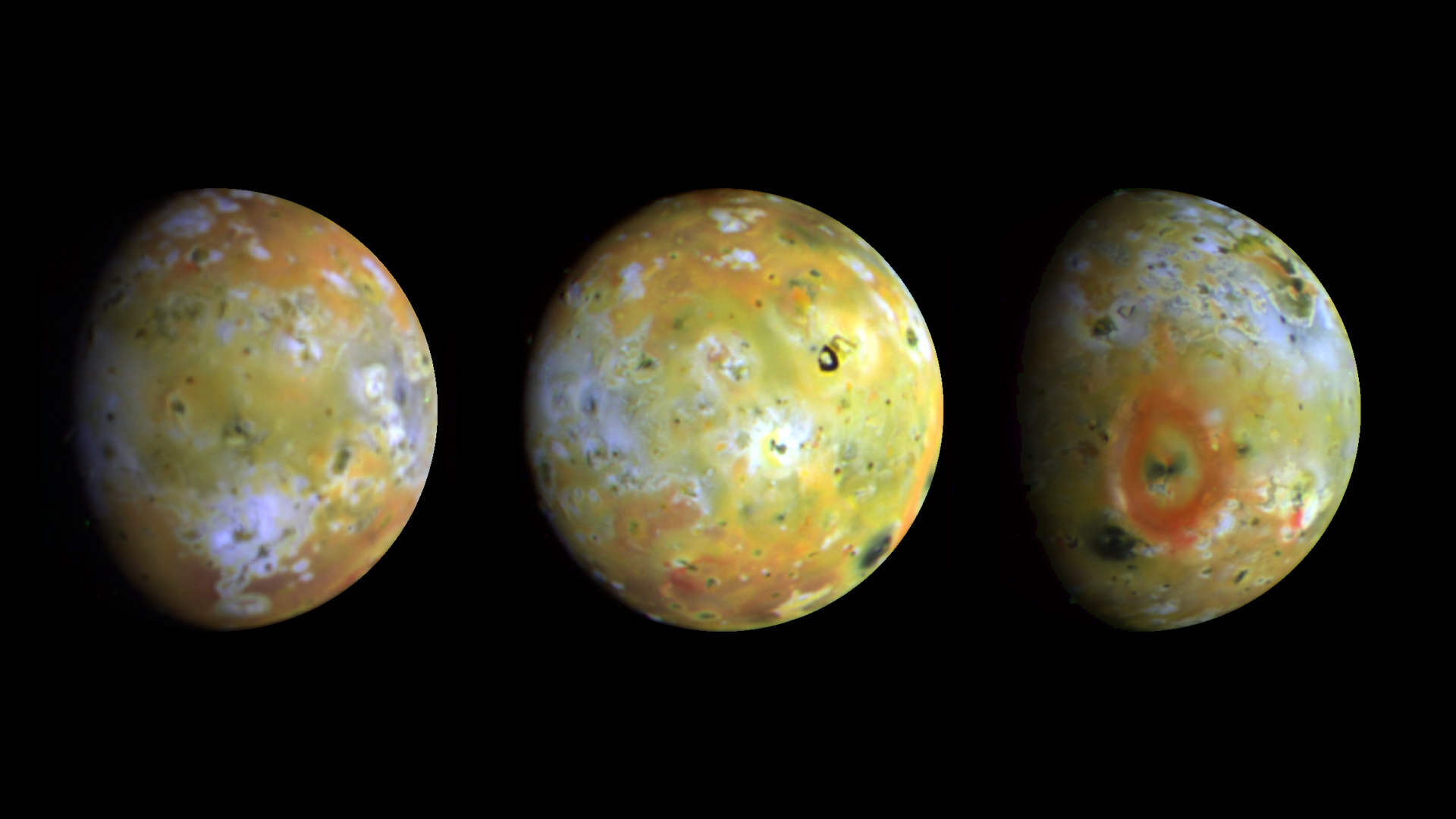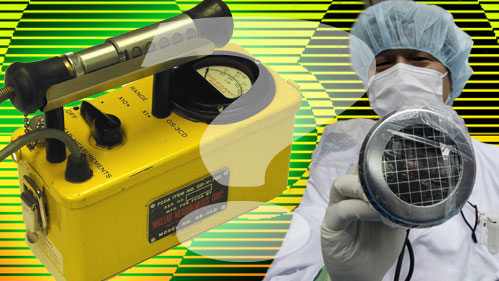Increasing carbon dioxide emissions at Taal cause concern
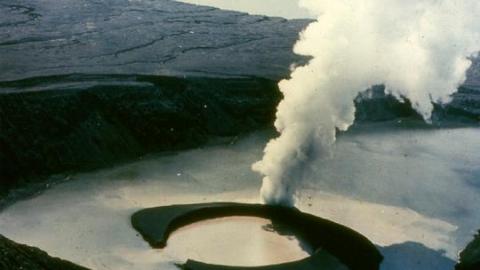
Over the last year, we’ve been hearing about unrest at the Taal caldera in the Philippines. Last year, PHIVOLCS even raised the alert status briefly when seismicity at the volcano increased to a level that raised concerns it could erupt. The seismicity waned and the alert status was lowered, but PHIVOLCS has been keeping a close eye on the caldera that sits a mere 50 km from the capitol of the Philippines, Manila. The volcano is a case where careful monitoring and mitigation will hopefully save lives – one of the reasons it was a Decade Volcano.
As a refresher, the last eruption of Taal was over 30 years ago, in 1977, but these were mostly small phreatic (steam explosion) events. Taal is capable of producing significant explosive eruptions, including a potential VEI 6 eruption in ~3850 BC, multiple VEI 4 eruptions in 1716, 1749 and 1965, and frequent VEI 3 events. With this much potential for explosive eruptions so near a population center, the volcano must be watched closely.

Undated image of Taal in the Philippines.
Signs that some sort of eruption might be in the works continue at Taal. PHIVOLCS released a warning today about increasing carbon dioxide emissions at Taal, which that apparently quadrupled since this time last year – from ~1,000 tonnes/day to 4,600 tonnes/day. The current values are double that was observed in January of 2011. All of this suggests that magma is actively degassing somewhere under the volcano, and the increasing levels of CO2 suggest the magma might be slowly rising towards the surface. This does not mean an eruption is imminent or that any eruption would be catastrophic. On the contrary, the likelihood is high for a small eruption, starting as phreatic in nature and the hazard maps for Taal reflect this. Tourists and locals were warned to be wary of the threat of these increased carbon dioxide emissions and avoid the crater of the volcano.
PHIVOLCS issued a full report on the current activity at Taal that includes this increased carbon dioxide emissions, increased seismicity, periodic increases in steam emissions and very slight inflation – a combination that all indicate a higher probably of eruptive activity. It would seem that Taal is a volcano we should all watch very carefully in the near future.
Top left: Undated image of the active crater at Taal in the Philippines.

